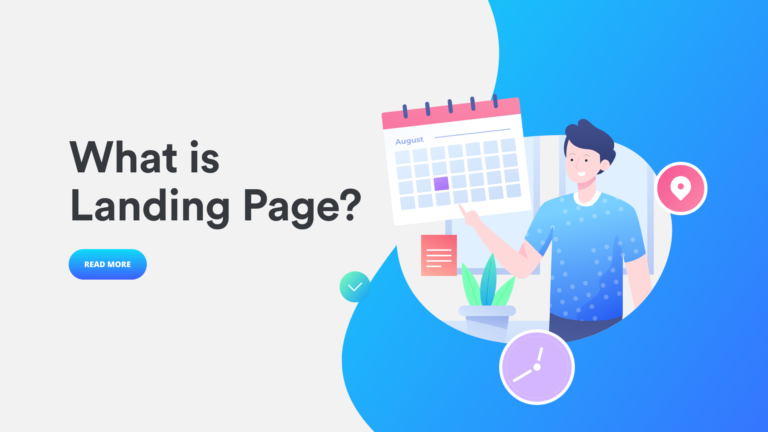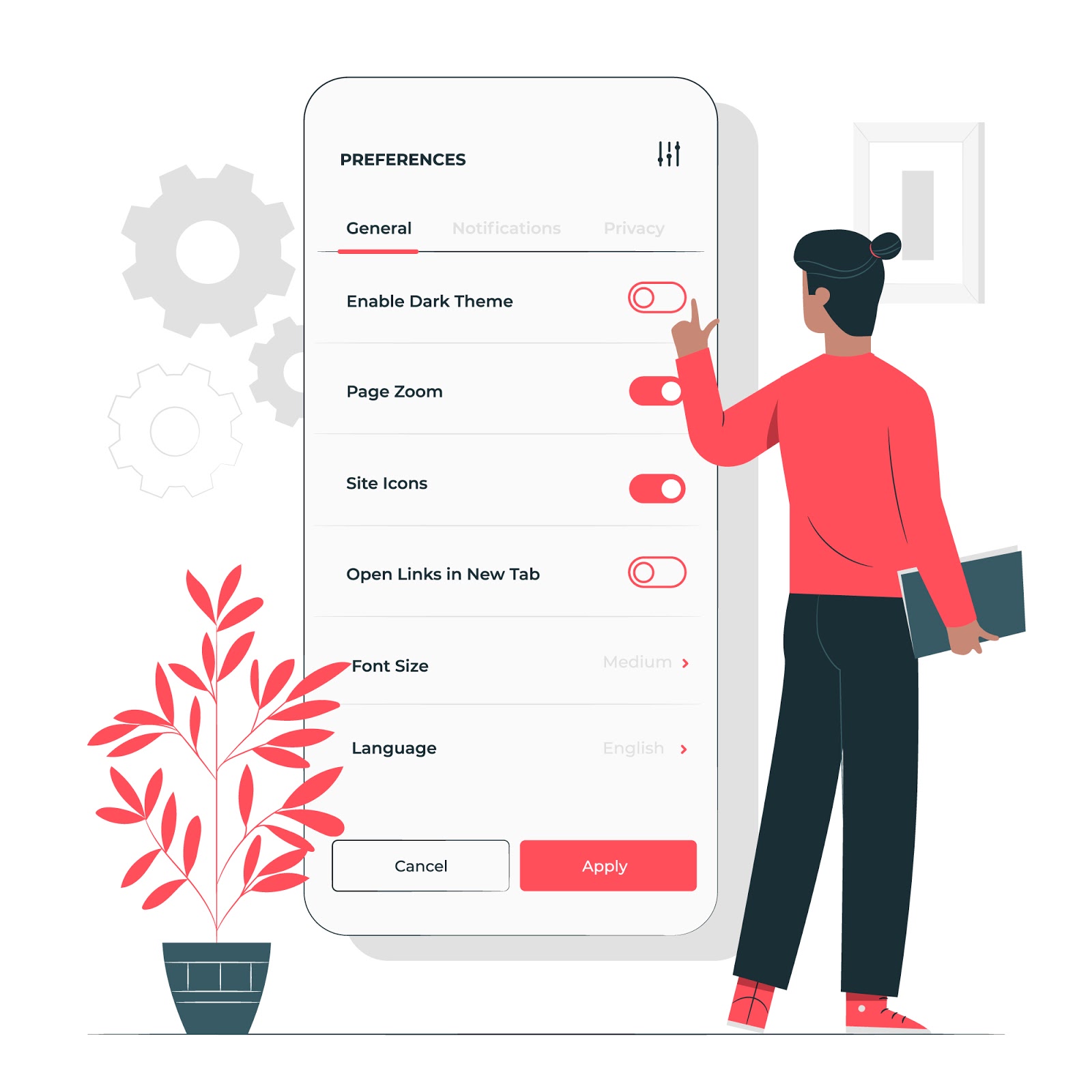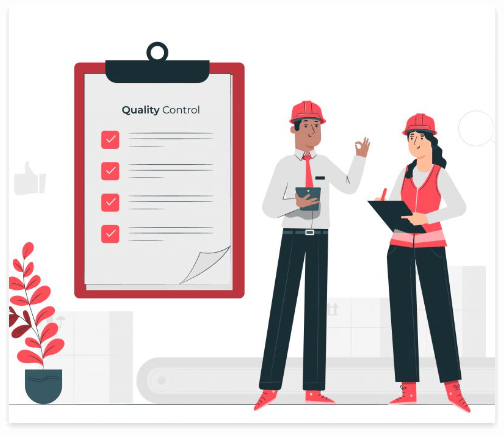
Did you know, companies do see a 55% increase in leads when increasing their number of landing pages from 10 to 15? Creating landing pages could be a tedious job if you don’t know the UX Design principles of landing pages. The number is pretty clear and landing page here means not mere landing pages rather high-converting and click-worthy. Creating a high converting and click-worthy landing page is crucial to generate revenue for any kind of business website. This’s one of the key components of a comprehensive inbound marketing strategy. The purpose of landing pages is to convert visitors into potential customers. This is the first place where the users’ interact with and ultimately take potential action.
What is a Landing Page?
Before getting into the main part of the article, let’s start with the definition of a landing page and how it’s different from other web pages. As the name implies, the landing page is the web page through which visitors “lands” a website. The page also helps visitors to take a particular action. Whether the business wants you to download its digital products, ebooks, sign up for its upcoming webinar, sign up for a trial, etc. The page is different because the prime goal here is to let the business sell or capture leads.

UX and Landing Page
Landing page is one of the core marketing components for making a product successful, you need to take special care for the UX design of that landing page. Implementing the UX design principle you can dictate the usability of your products and services. Here some of the questions you should know before you start designing your landing pages: What is your objective of this post-click landing page; is it for signups, downloads, or purchases? What’s your audiences’ objective once they visit the page? How can you combine your objectives with the audience’s objectives? What do they need to evaluate your offerings? How can I convince them and make them claim my offer in the best possible way? To explore these questions, you need to know about the UX principle for designing a proper landing page. By dint of UX, you also can determine how a user feels when they interact with your landing pages. If the users’ experience is good, they’re likely to stay on the pages and ultimately they will take the potential action. On the other hand, a negative experience will reduce your visitors and ultimately it will increase the bounce rate of your website. In this article, we’ll be discussing this crucial UX design and how this can be used on high converting landing pages. So, without further ado, let’s begin the journey to make this happen!
UX Principles for Designing High-Converting Landing Pages
While a true landing page greatly depends on the audience, product, or service of the respective industry. However, there are some tried & authentic best practices that can improve the usability of any landing page.
Understand the Users’ Pain Points
Understanding users’ intent is the first step for having a solid landing page UX. To make sure users’ intent, try to understand the pain points of your users. Users have problems, you need to find them and try to provide the solutions to those problems. If your website should bear the relevant web design, friendly call to action so that your ideal customers will believe in you and also share your link with others through social media. Eventually, if your landing pages serve customers’ needs, you can rest assured they’ll come back to your site.

Make it simple & keep it minimal
Simplicity could be a strength if you present it in an organized way. A landing page design should look simple, minimal and concise. Otherwise, it may confuse your audiences. People usually come to your landing page for getting enough value so that they can take potential action. A simple design can be an appealing one and it can lead to more impressive results than an exaggerated page especially if it serves the purposes. 16% of landing pages don’t have any navigation. For making this page simpler, this number should be higher. Never allow visitors an easy way to exit your page or divert them into other sites until they’ve converted.
Let’s grow together
Since 2013, we’ve partnered with some of the best; reach out to us now to see how we can help you scale your business.